MAM must make it clear that from all so-called magic coins displayed and tabled by Joe Cribb in his book, especially of its Javanese-style and cultural designs, found from Java, Bali or Malay Peninsula, its sizes and technique of manufacturing, characteristics and texture of these magic coins, are found totally different from what we discovered in Melaka, either of those Malacca Sultanate’s 15th century tin coinage, or of series of early 13-15th century animal money, or of Portuguese and Dutch coinage .
MAM will take note of what Millies’s methodology and Netscher together with van der Chijs’ study, as we recognized the objectives of his numismatic research as an aid to the broad discipline of oriental history, in fact, we are facing some constraints and limitations in addressing such a difficult field of numismatics of tin money and animal money.
MAM also appreciated from series of recoveries and excavations of shipwrecks of Sten Sjostrant, Sweden world renowned excavator and archaeologist, from where we found some relevant lead pyramid ingots (MAM collected 80 over pieces from Royal Nanhai wreck in 1997) , bidor and coin shaped coinage dated 15th century from South China Sea.
“…..The origin of the tin ingots is of great important , for it is fundamental in determining whether the Intan ship traded in China or simply took on a transshipped cargo in a Sumatran port (see Section 7.2)…Twenty lad ingots were recovered during the archaeological excavation. Some 277 kg of ingots were recovered prior to hat, along with a lead sphere of 12 cm diameter. The ingots are in form of rectangular slabs with rounded corners and have a hole at one end to facilitate handling, they typically measure 30 cm long by 15 cm wide by 4 cm thick, and weigh approximately 20 kg…”
But, what Joe Cribb try to establish its theory of “Places of Origin”, or “Period of Production” or “ non-monetary function”, can be considered as a good material for academic reference, we don’t think that is suitable and applicable to our Melaka’s tin money case, especially of those specific animal money found in Melaka, from the view of authenticity and evaluation, also of the texture and chemical composition of the artifacts found from Melaka in early ’60 – ’90 along the sea front of Straits of Malacca and along the riverside of Sg Melaka.
Subscribe to:
Post Comments (Atom)
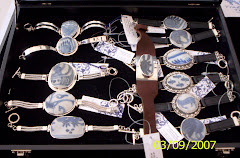


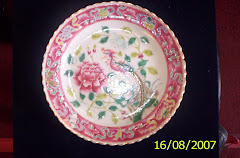


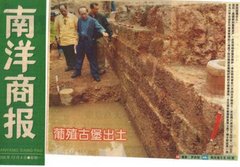
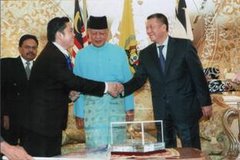
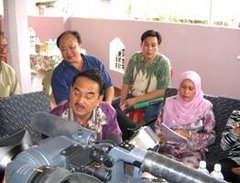

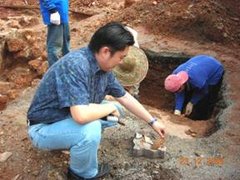
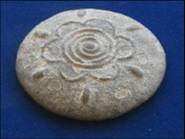

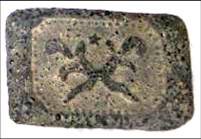

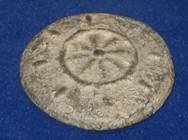
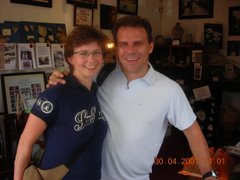
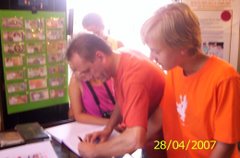
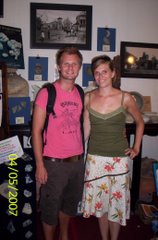
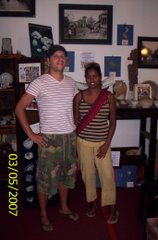
No comments:
Post a Comment